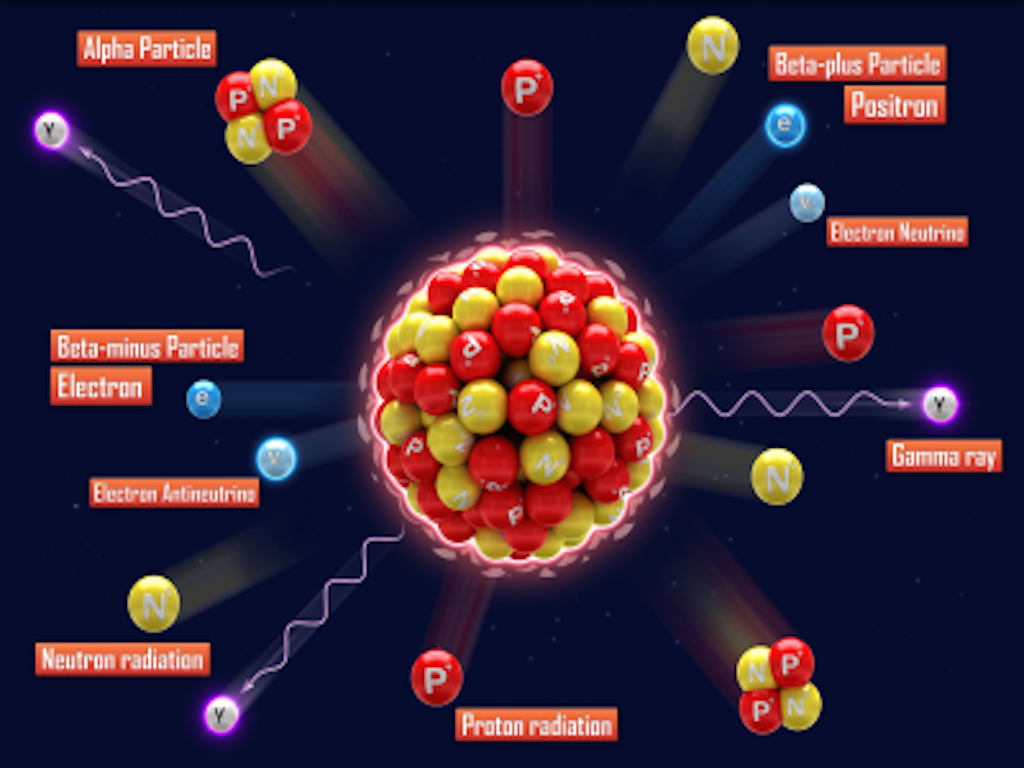Although the ISOLPHARM method can be potentially employed for most of the routinely used medical radioisotopes, its innovation potential is better expressed considering its capability to provide other unconventional nuclides, that are difficult to produce with state-of-art techniques, such as 111Ag, a β– emitter ideal for therapeutic applications.
Among the radionuclides that can potentially be produced by the ISOL facility at LNL-INFN, 111Ag is regarded to be very promising for cancer therapy thanks to its favorable decay properties. Indeed, it is a β- emitter with medium half-life (7.45 d), convenient β- energy (360 keV) and medium tissue penetration (1.8 mm) and low percentage of associated gamma-emission. The production of 111Ag in carrier-free form, that enhances the efficiency of biomolecule radiolabeling, is not possible via classical neutron irradiation methods, unless an enriched 110Pd target is used. The ISOL method could be suitable to produce 111Ag with high production rate and high purity, essential feature for radiopharmaceutical applications.

The two-year CSNV (Commissione Nazionale Scientifica V) experiment ISOLPHARM_Ag has the aim of studying and demonstrating as a proof of principle the production and use of the promising 111Ag, investigating both its ISOL production and its possible application as a radiopharmaceutical precursor, with both computational and experimental investigations. Computational studies are focused on the development of Monte Carlo codes able to estimate the production and release of 111Ag from the primary target. The experimental studies involve the ionization and transport of silver at the SPES Front End, the development of highly-stable silver complexes and biological studies on such molecules on different target-cells.
The ISOLPHARM_Ag experiment was organized in 3 main tasks:
- Task 1: Computing, aimed at the investigation of the production and release capabilities of 111Ag from the SPES fission target, exploiting production, diffusion and effusion complex Monte Carlo codes on a dedicated grid computing infrastructure.
- Task 2: Cold Chemistry, devoted to the study of the Ag chemistry in order both to develop suitable purification techniques from the isobaric contaminants, i.e., Cd(II) and to synthesize highly-stable bifunctional chelators for Ag(I).
- Task 3: Molecular Biology, focused on the development of targeting agents to transport 111Ag to defined tumor cells.

